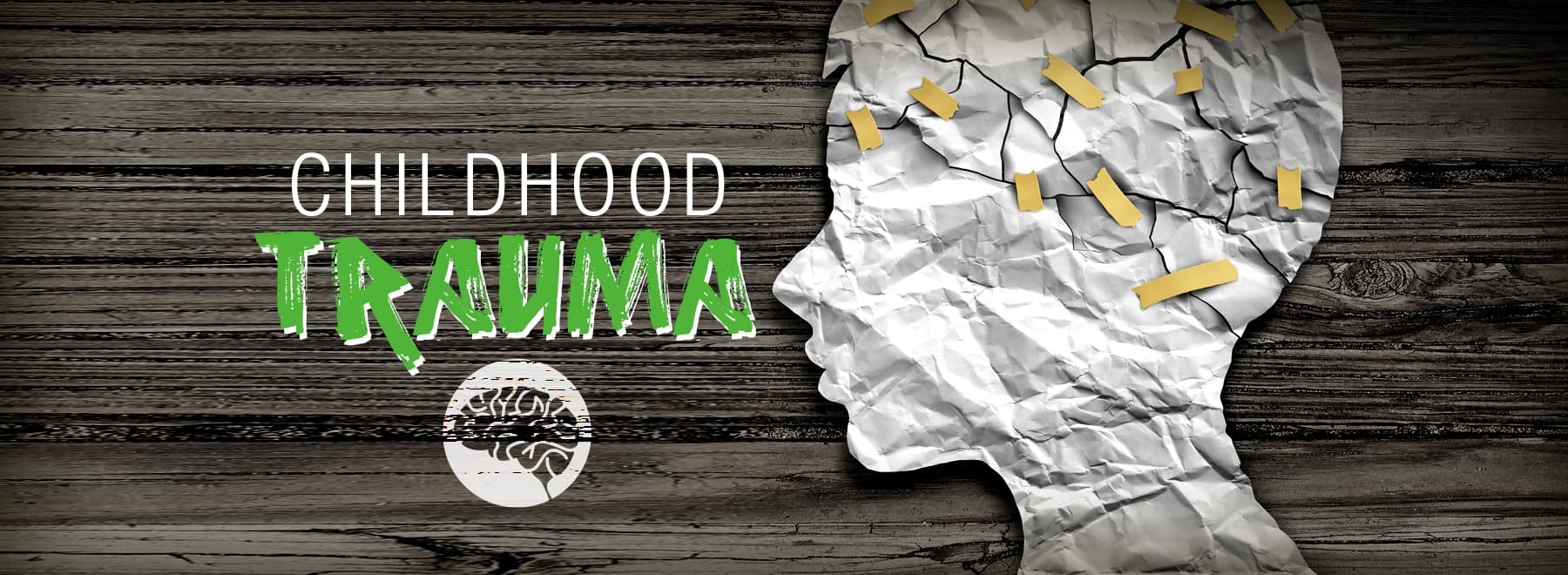What household items are among Top 10 factors for pediatric head injury?
When a child or teen suffers a severe traumatic brain injury, a motor vehicle or four-wheeler accident is often to blame.
But more frequently, emergency departments see traumatic brain injuries, or TBI, that aren’t life threatening but can still be a serious injury. A new national study examining such injuries among U.S. children through age 19 says about 72 percent of them actually result from everyday consumer products such as home furnishings and fixtures, in addition to some childhood sports.

"Uneven flooring and prefabricated stairs often contribute to falls. Slipping, tripping and falling are very common. Some falls can cause serious head injuries," study author Bina Ali, a research scientist at the Pacific Institute for Research and Evaluation in Maryland, told CNN in a July 29 story.
The study published in the journal Brain Injury focused on national estimates of approximately 4.1 million non-fatal traumatic brain injuries in children and adolescents in the United States between 2010 and 2013. The data came from the National Electronic Injury Surveillance System and the National Electronic Injury Surveillance System-All Injury Program.
TBI comes in many forms, from a fall causing a small bump on the head to a life-threatening skull fracture with bleeding inside the brain. The top 10 factors, according to the study, are floors, beds, football, stairs, bicycles, basketball, ceilings and walls, chairs, soccer and tables.

At the University of Mississippi Medical Center’s Pediatric Emergency Department, the vast majority of traumatic brain injuries seen aren’t life threatening or fatal, said Dr. Benji Dillard, chief of pediatric emergency medicine at Batson Children’s Hospital. The most severe TBIs that can lead to disability or death “tend to occur with a lot more force, such as in motor vehicle crashes and all-terrain vehicle accidents,” he said.
“Every day, we see an infant or child or adolescent who has some level of traumatic head injury,” Dillard said. “We see young children who rolled off a bed or fell out of a chair, or toddlers who climb and fall. There may have been trauma to the head, but the skull might not be fractured and the brain might not be bleeding. The child might have concussion symptoms, but not an injury you can find by imaging.”

Dr. Amanda Witt, associate professor of neurology and a pediatric neurologist, has treated children whose TBI resulting from falls or accidents around the house were severe.
“I’ve seen a little girl who fell off a slide at the playground at school. Four or five years later, she’s still having headaches and behavioral changes,” Witt said. “I treated a child who was horse-playing with a sibling and fell off the sofa. He had a concussion, and three to six months later, was still having emotional and physical problems.”
Another patient was a toddler who pulled over a TV onto herself. “That’s why we want to anchor furniture so that anything top-heavy is well situated,” Witt said.
In Mississippi, TBI is one of the leading causes of death and disability in both children and adults, said Lee Jenkins Moss, executive director of the Brain Injury Association of Mississippi. In her work, she’s seen that falling out of beds is the main cause of children’s TBI in the state.
Although she gets reports of severe TBI in children and teens caused by motor vehicle accidents, higher numbers coming from falls or contact with other household objects “makes all the sense in the world,” Moss said.
The numbers “could be double what we know about. Unless there is a big knot on a child’s head or other symptoms, it might not be reported,” Moss said.
Mild traumatic brain injury caused by a concussion, often through playing contact sports, “doesn’t require you to have anything other than time away from activities and a recovery period,” Dillard said.
Those numbers also are under-reported, Moss said. “A lot of times, an athlete wants to fake their way through it so that they can continue to play. They don’t go to the doctor or the emergency room, so they aren’t counted in the numbers.”
It’s when children become more active with age that their chances of suffering a severe TBI can increase, Dillard said.
The more energy involved – say, the speed of a vehicle colliding with another car, or the distance of a fall – the more likely a severe brain injury, he said. “As they get older, they have falls from higher locations. Falling from a standing position in a child who is two feet tall is much different than that same toddler falling from a counter four feet up.”
A 2017 report in the Journal of Pediatrics showed Mississippi leads the nation in motor vehicle crash deaths per 100,000 children under age 15. Mississippi has the highest rate of death at 3.23 per 100,000; Massachusetts is lowest at .25 deaths per 100,000. “ATVs in Mississippi are a huge risk,” Witt said.
And, a leading cause of non-accidental TBI is child abuse. At the Medical Center, “we see that way too frequently,” Dillard said.
Abusive head trauma resulting from shaken baby syndrome occurs frequently in Mississippi, Moss said. Like many forms of child abuse, traumatic brain injuries caused by shaking a baby, or adults striking a baby or child on the head, often goes unreported, she said. “As long as they seem OK, they aren’t taking them to the doctor,” she said.
The journal study included mostly TBIs that were not severe, as opposed to other national studies that examine brain injuries that cause death or lifelong debilitation.
The study’s researchers recommended common-sense strategies to prevent childhood TBIs at home. Their tips: make sure rugs aren’t tripping hazards, discourage playing on hard surfaces, use stair gates and stair handrails without sharp edges; and make sure lighting is adequate.
“What we’re seeing is that even if you can’t see something on a picture, the brain can be damaged at a microscopic level,” Witt said.
For children and teens with sports-related concussions, experts say, it’s up to the adults to put the brakes on their physical activity until they’re healed.
“Prevention is key,” Witt said. “We need to protect children from having another concussion by limiting their activities following the first one. A second injury is worse. There are kids with sudden coma or death from a repeat injury.”
The above article appears in CONSULT, UMMC’s monthly e-newsletter sharing news about cutting-edge clinical and health science education advances and innovative biomedical research at the Medical Center and giving you tips and suggestions on how you and the people you love can live a healthier life. Click here and enter your email address to receive CONSULT free of charge. You may cancel at any time.



